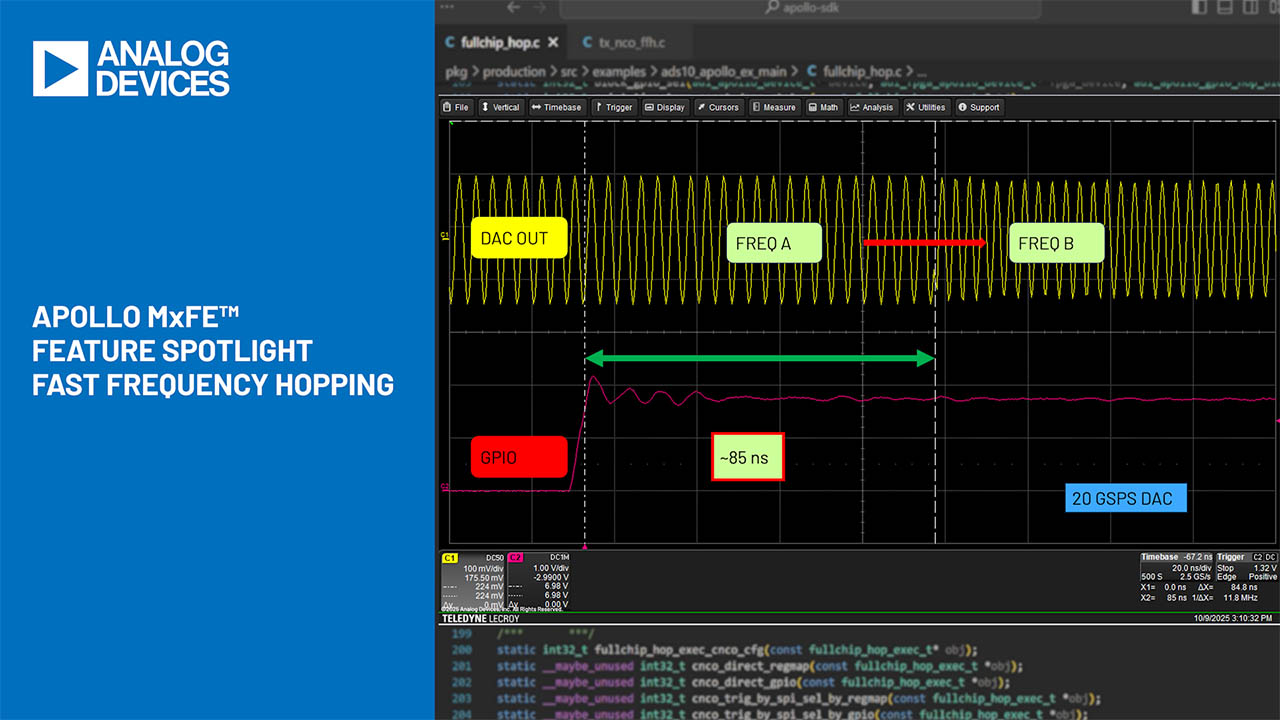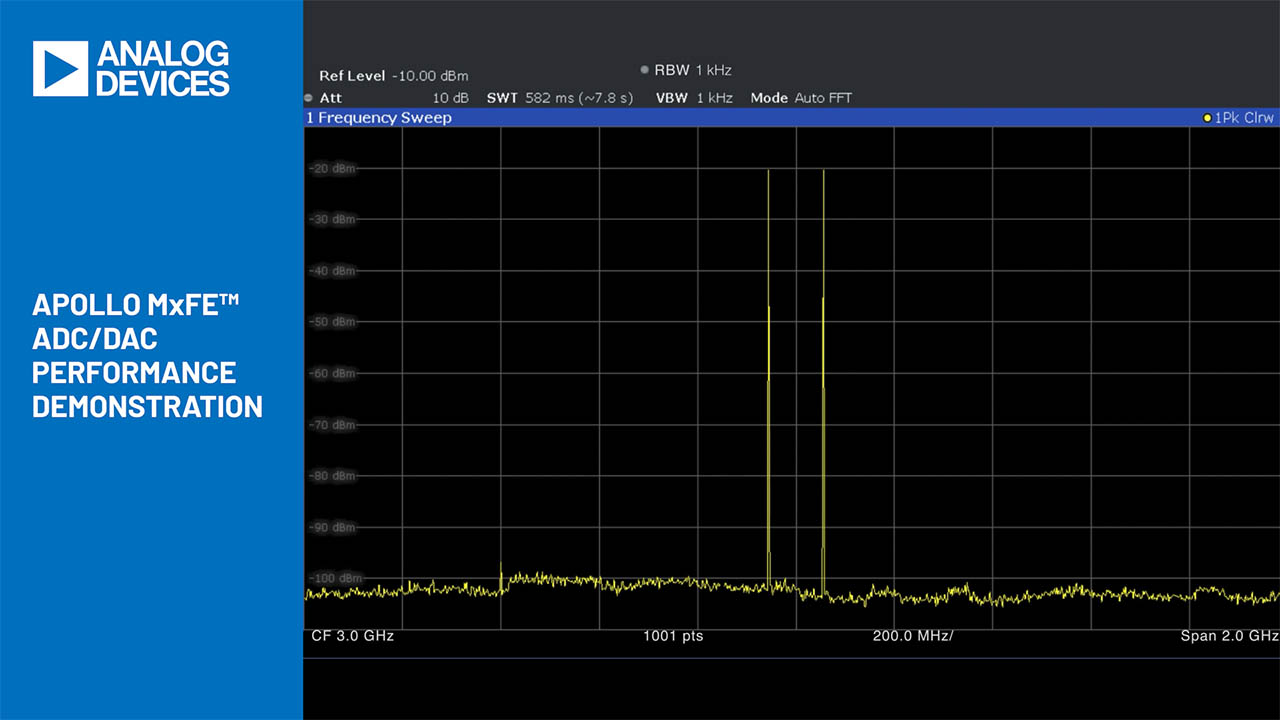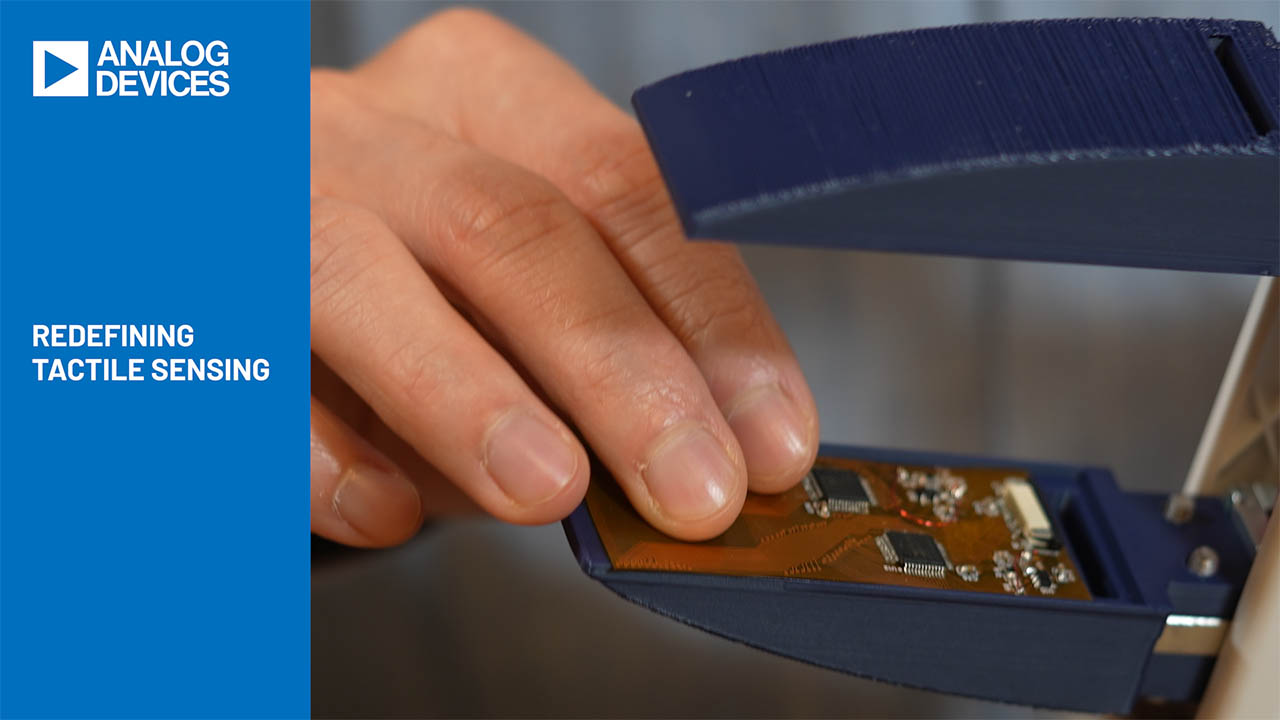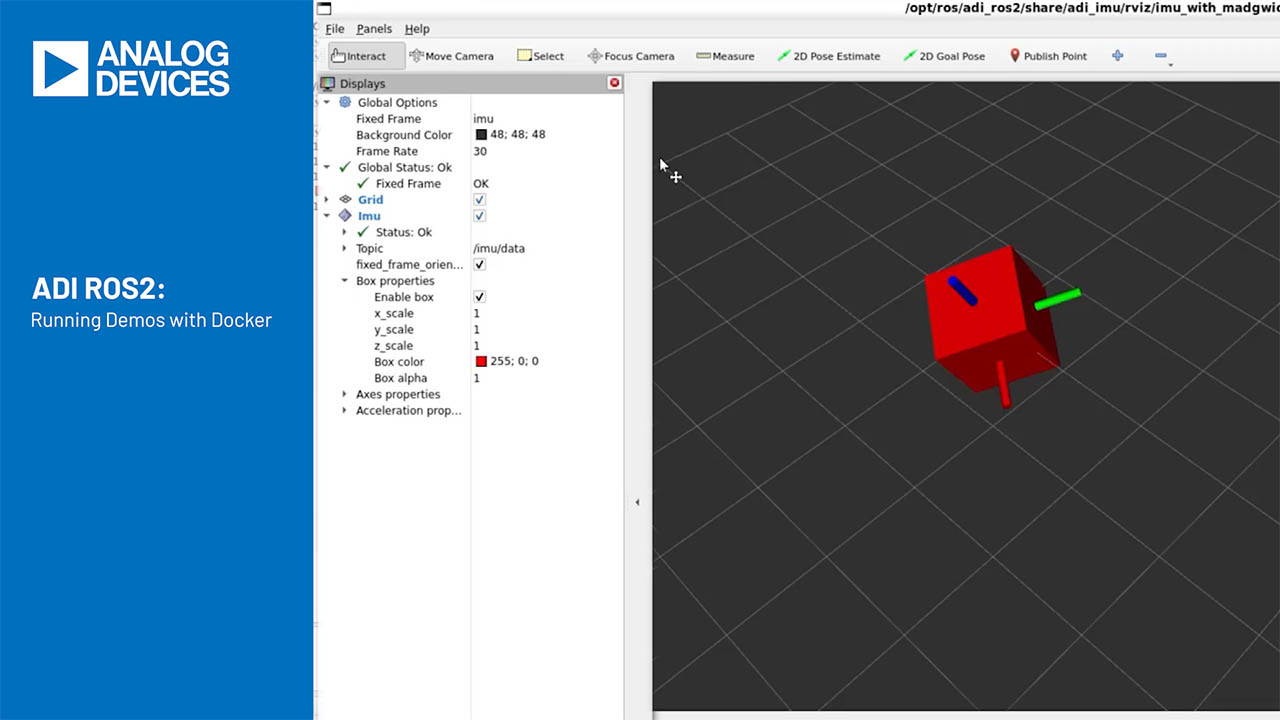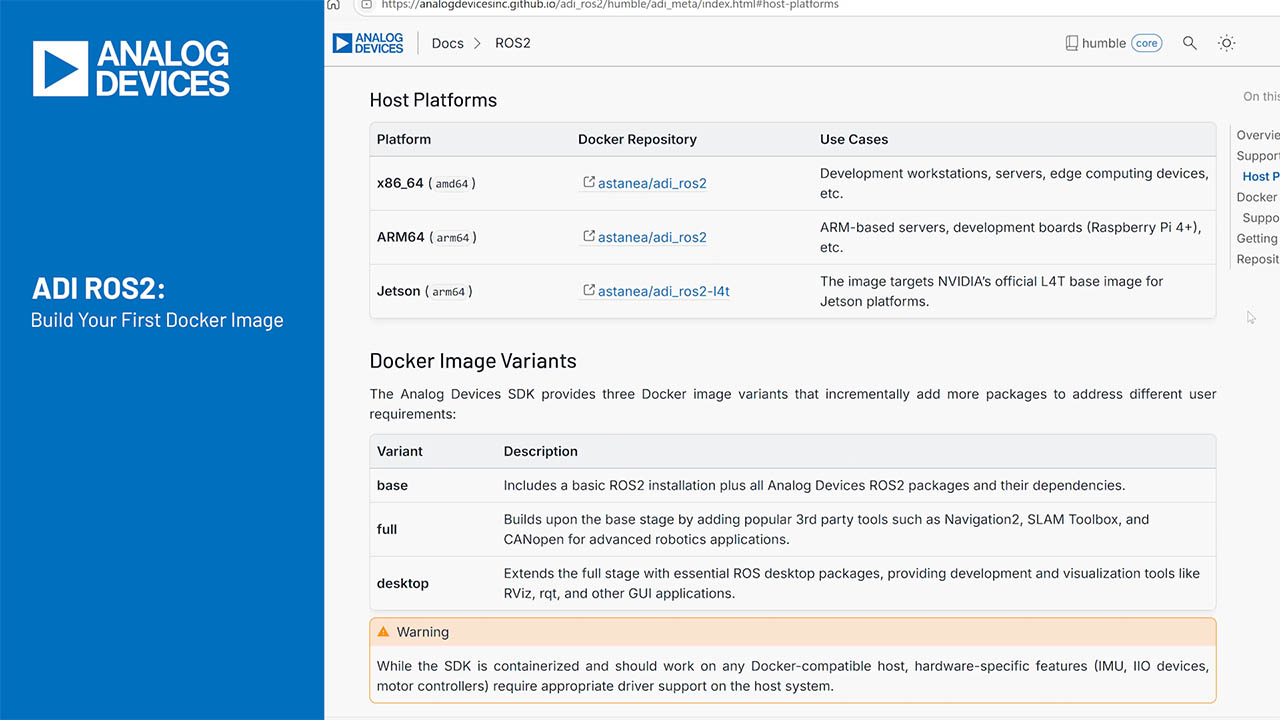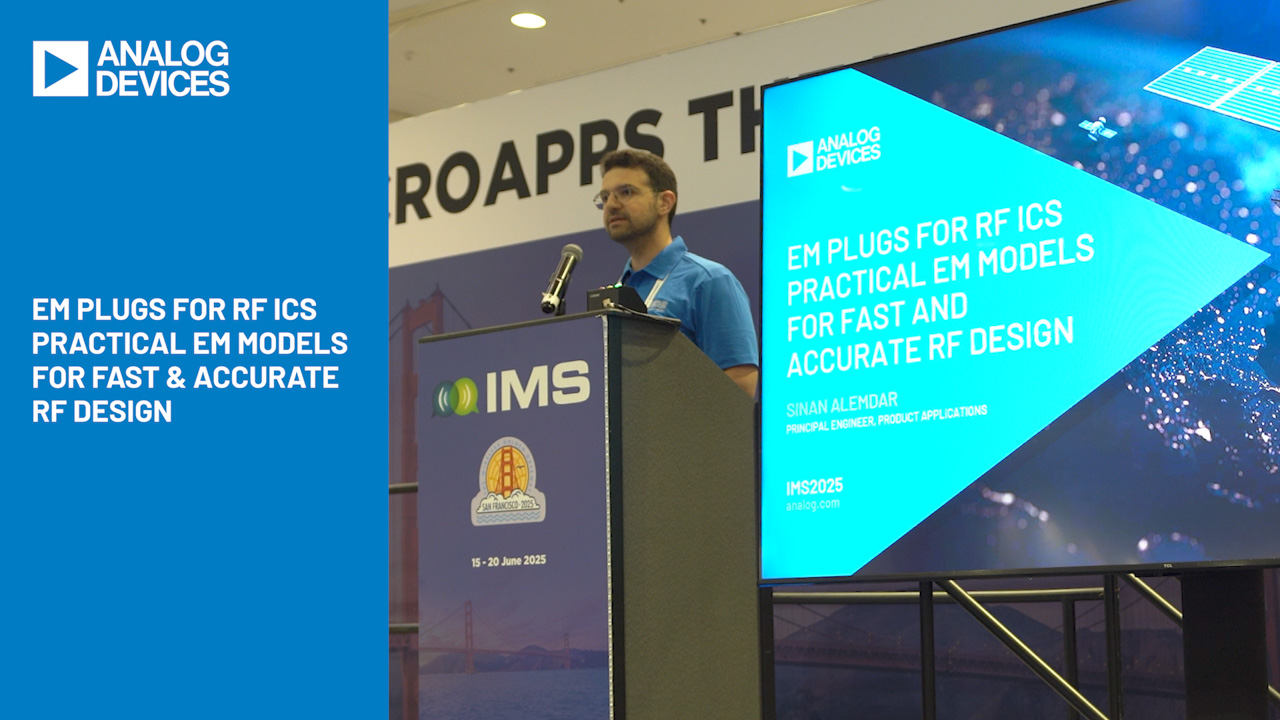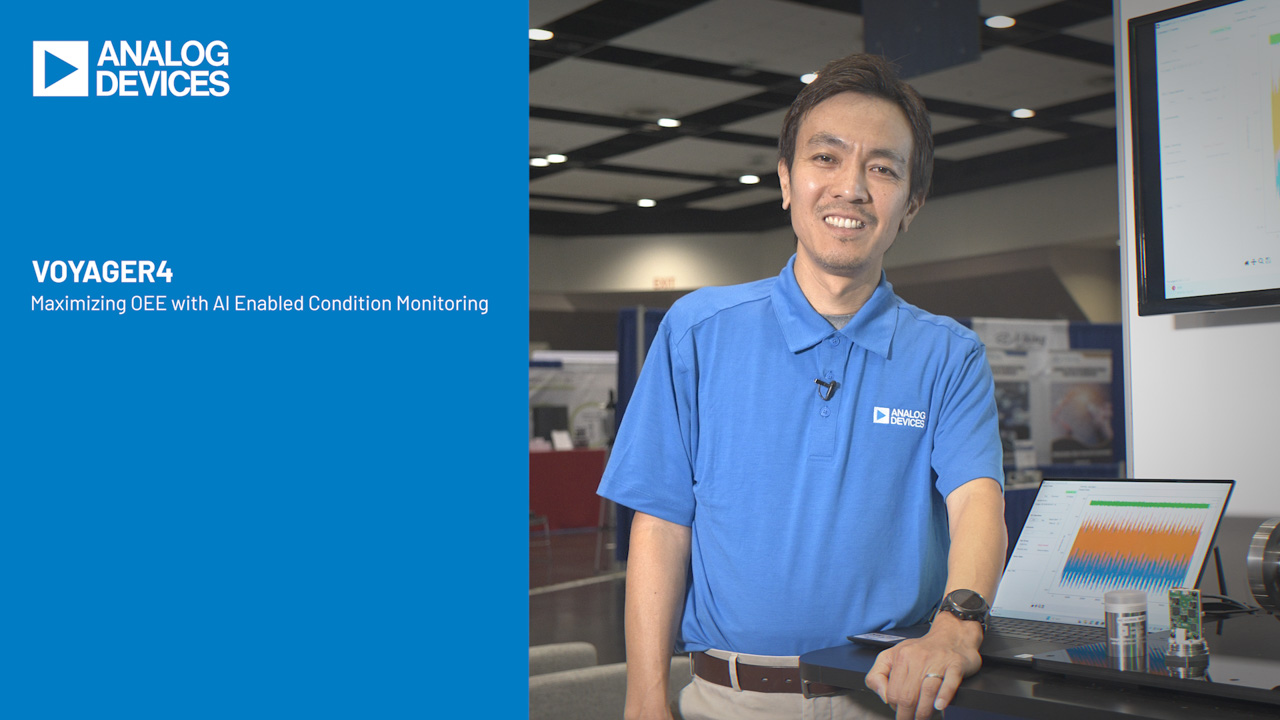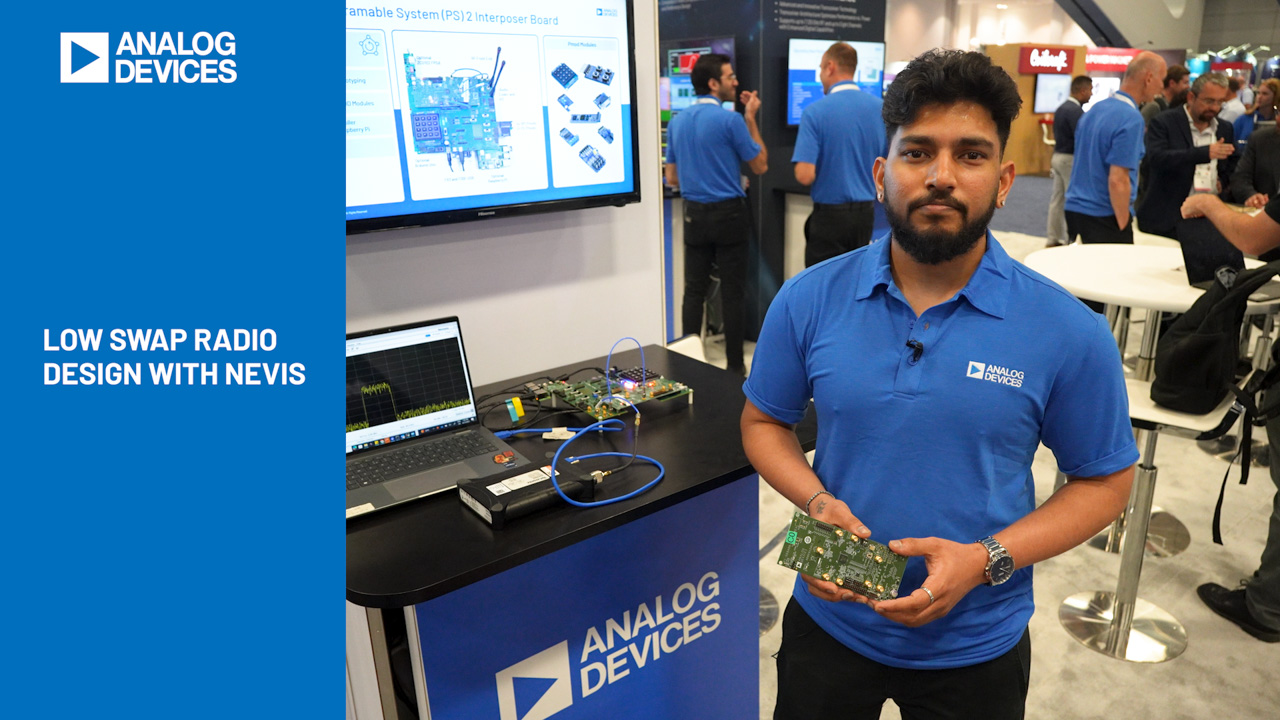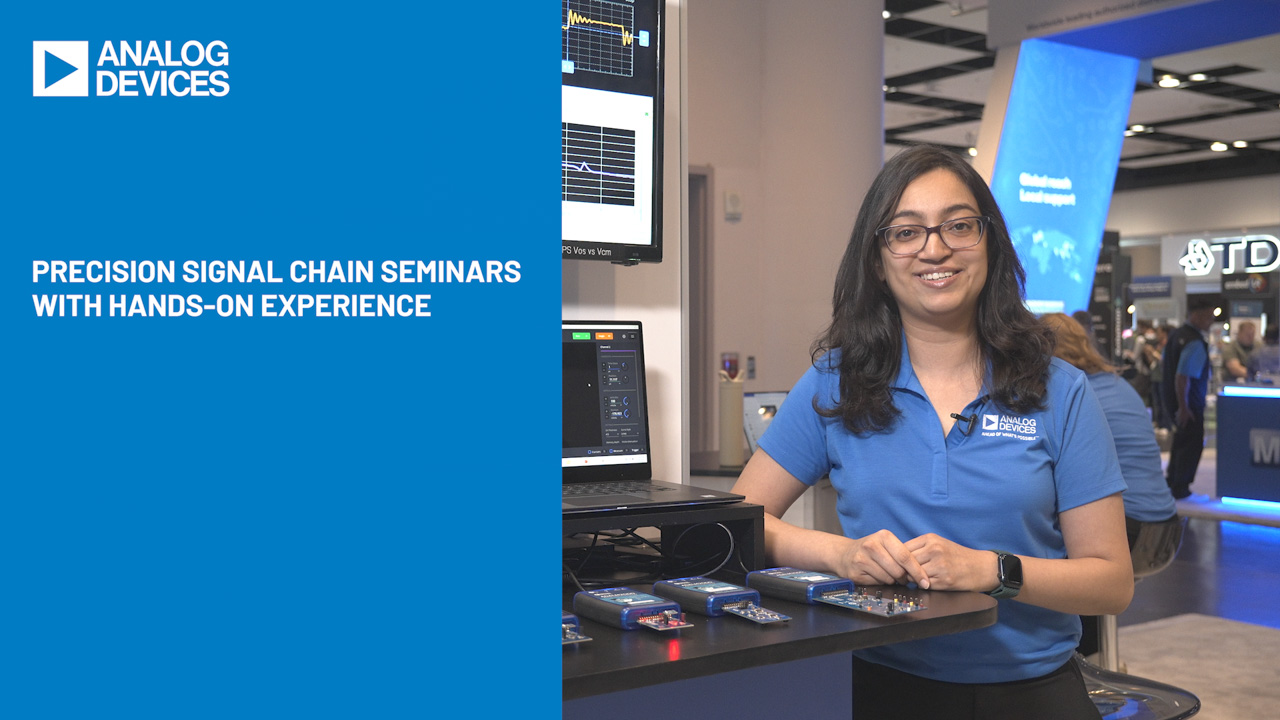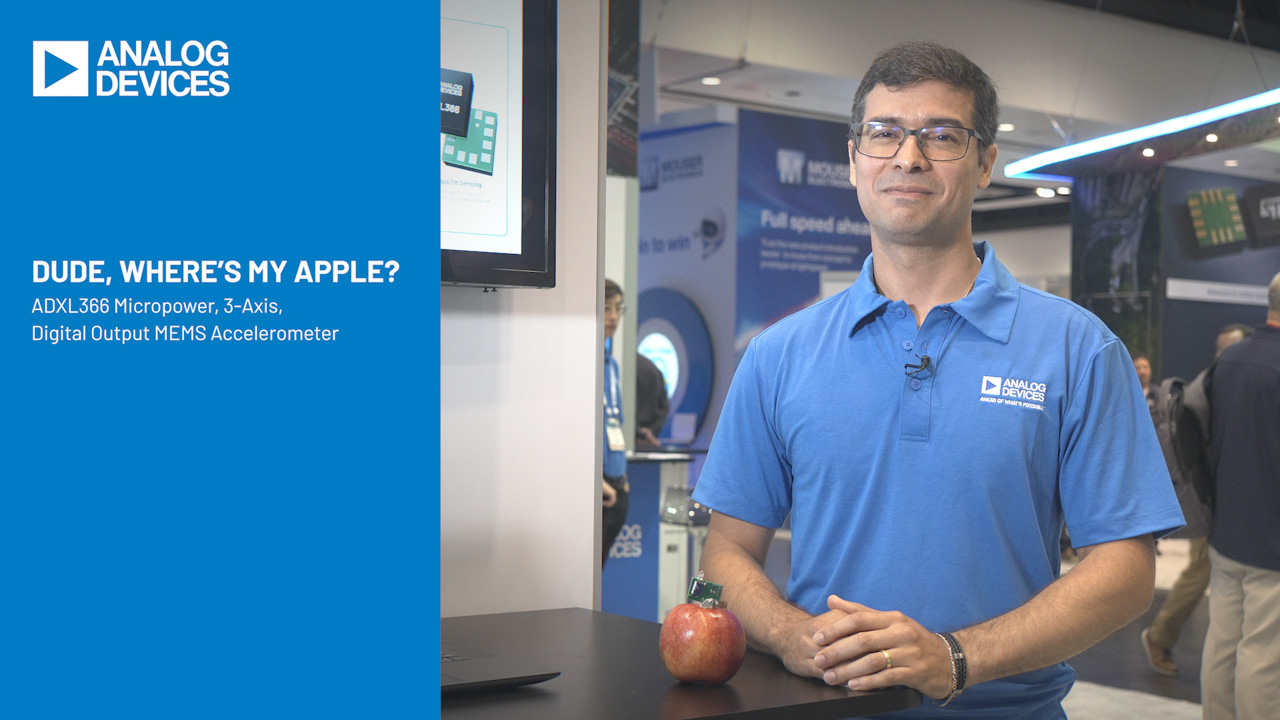Measuring and Calibrating for Product-Dependent Temperature Offsets
Abstract
This application note presents a procedure for optimizing the accuracy of the MAX1358/MAX1359 data acquisition system temperature reading when the temperature to be measured is external to the chip.
Introduction
The MAX1358/MAX1359 data acquisition system has an on-board diode junction. The diode's intrinsic
A temperature reading corresponds to the actual temperature of the junction. In applications where the change in temperature is being monitored, the reading can be used directly. In other applications where the desired temperature is, for example, outside a plastic enclosure, the temperature will be more accurate if the reading is offset by a few degrees.
Measuring this offset for your product and using that offset is described in this application note. Using the calibration coefficient data stored inside the part is described in application note 4296, "Measuring Temperature with the MAX1358 Data Acquisition System."
Temperature Measurement Model
The MAX1358/MAX1359's on-board temperature sensor measures temperature with either an on-chip diode junction or a customer-provided external temperature sensor. Two constants (m, b) are stored in calibration registers on the chip to correct for measurement errors caused by variation of the on-chip diode and other circuitry from ideal. A four-current procedure for measuring, calculating, and removing errors due to nonidealities that vary from part-to-part or with temperature is described in application note 4296 noted above. This four-current procedure is applicable to both on-chip and off-chip diode junction temperature sensors.

Figure 1. Temperature measurement with a diode junction.
The temperature measured by the MAX1358/MAX1359 is the junction temperature (Figure 1). A familiar model for relating junction temperature, TJ, to the ambient temperature, TA, and the case temperature, TC, is shown in Figure 2.

Figure 2. Junction temperature and ambient temperature.
In this model the thermal properties are translated into an equivalent circuit. (Note that when the chip is calibrated at Analog Devices, the case temperature TC and the ambient temperature TA are forced to be the same by the oil bath.)

Figure 3. Thermal model of a product.
When the chip is installed on your circuit board (Figure 3), the value of TJ seen by the MAX1358/MAX1359 will depend on a number of product-specific factors:
- The temperature of the PCB
- The air temperature around the PCB
- The thermal connection of the EP to the PCB
- The power dissipated by the MAX1358/MAX1359
- The power dissipated by circuitry on the PCB
- The temperature of the air surrounding the product
- Packaging that insulates the product from the ambient temperature
The above factors create a difference between the temperature TJ seen inside the MAX1358/MAX1359 and the point outside MAX1358/MAX1359 where you wish to measure. This means that the TJ you measure with the devices is an estimate, TEST, of the actual TEXT.
Fortunately, for a fixed setup, the largest part of the difference between TJ and TEXT is a small, constant, product-dependent offset that can be determined with some simple measurements.
Procedure for Calculating the Temperature Offset
A simple procedure can be used to correct for the product-specific offset. A worksheet is shown below (Figure 4) to illustrate the procedure.
"Silver" coefficients refer to the values of the calibration coefficients that are stored inside the MAX1358/MAX1359 (the TEMP_CAL register). You read these values from the chip over the SPI™ bus. The values are used as follows:
TESTIMATE (°C) = TMEAS (°C) × GS + OS (°C)

Figure 4. Product-specific temperature offset removal.
The silver coefficients are used whenever you wish to convert from the measured TJ to an estimate of the actual temperature.
To measure your temperature offset during engineering characterization of your product, you need two numbers: the temperature estimated by the MAX1358/MAX1359 (C in the equation above), and the actual temperature outside your product (A in the equation above). The actual temperature should be measured with a known accurate sensor, meter, and procedure. With these two numbers you can calculate the value of D, the product-specific temperature offset. Typical values for D lie between 0°C and +6°C.
This procedure should be repeated during engineering characterization to determine if the value is stable enough to hard-code for all copies that you build, or if you need to apply it to each product that you build. A value that is stable from copy to copy can be hard-coded into your firmware. A value which is not stable from copy to copy should be stored per-copy in nonvolatile memory during manufacturing.
Finally, the value of D is used at runtime as shown in the equation for K. The result is a calibrated and offset reading which estimates the desired temperature external to your product.
Summary
A simple procedure has been described which improves the accuracy of the temperature reading seen by the MAX1358/MAX1359 family's internal temperature sensor.
Note that this procedure is not necessary if your product is only looking at changes in temperature. For example, if you simply wish to trigger another operation when the temperature rises or falls. In that case, any offset terms drop out.
Also note that a similar procedure may be used with an external temperature sensor if it is not immersed in TEXT.



